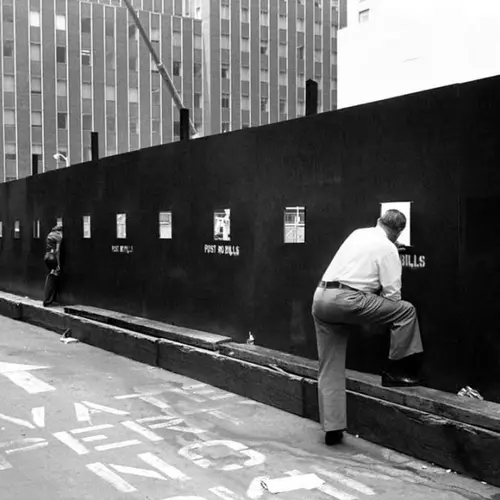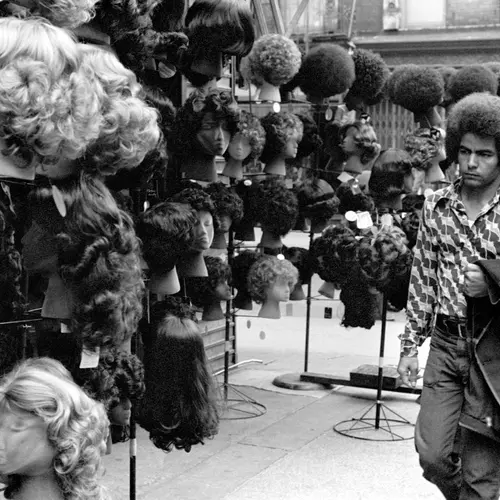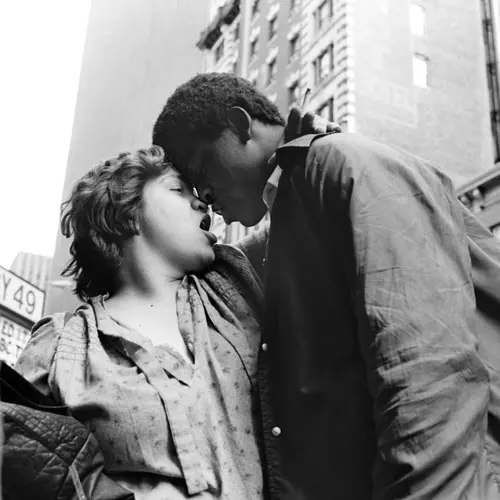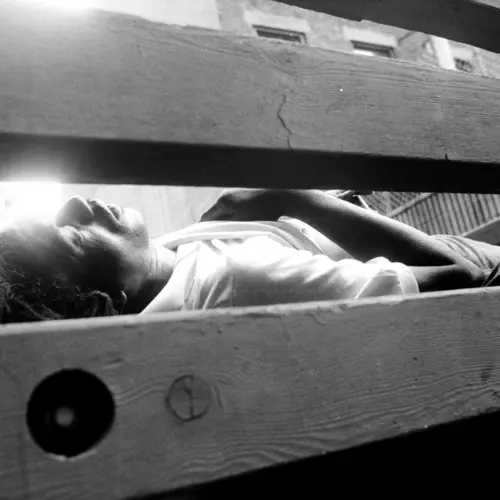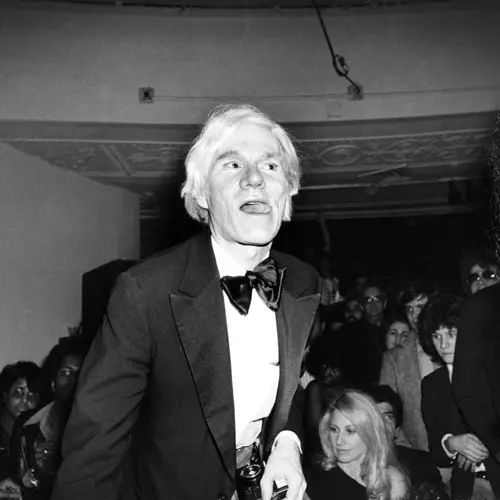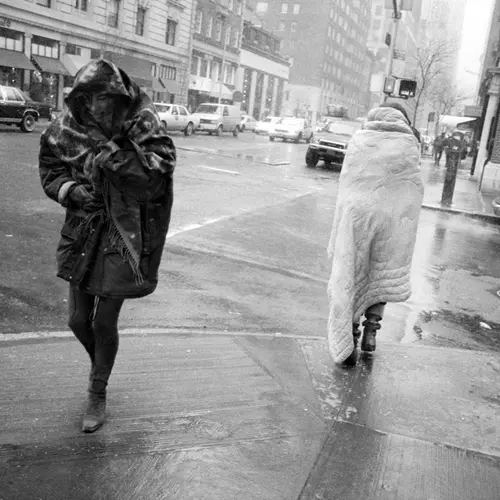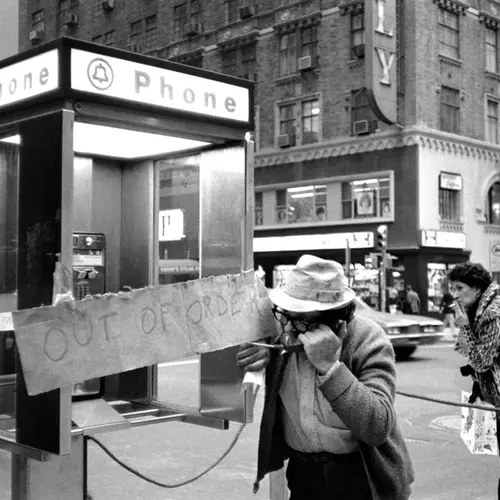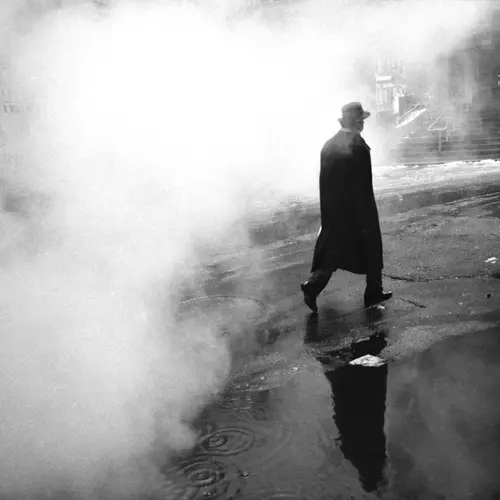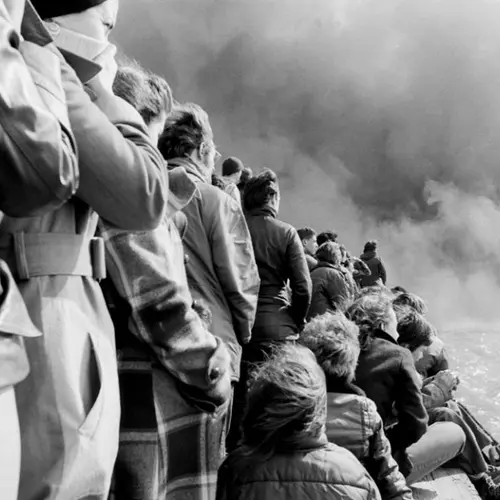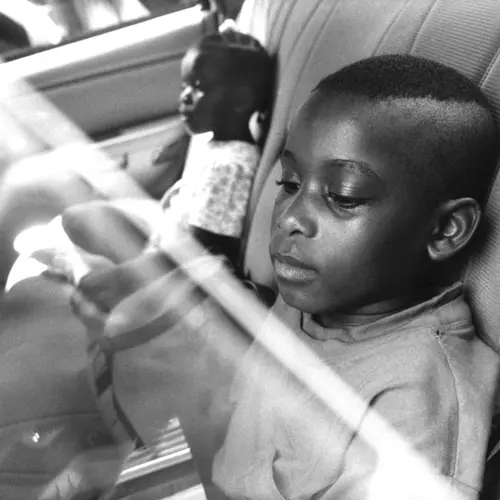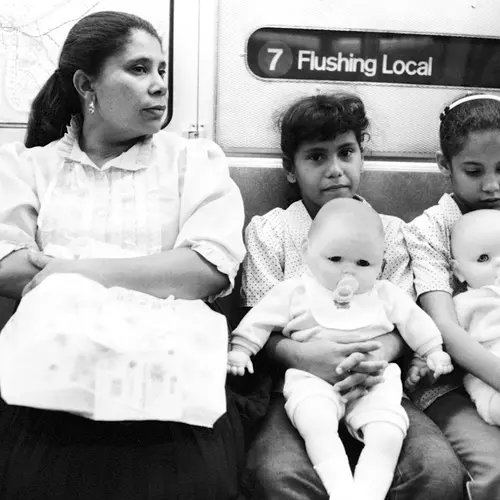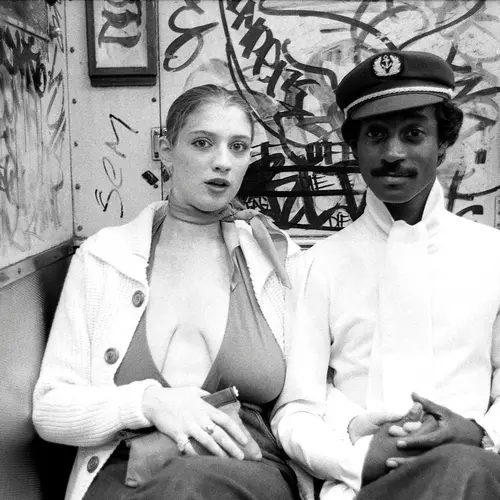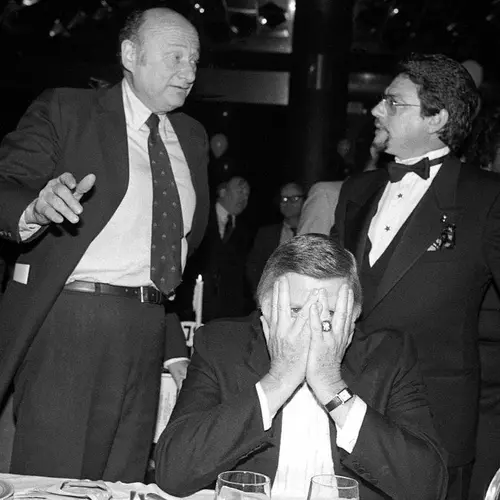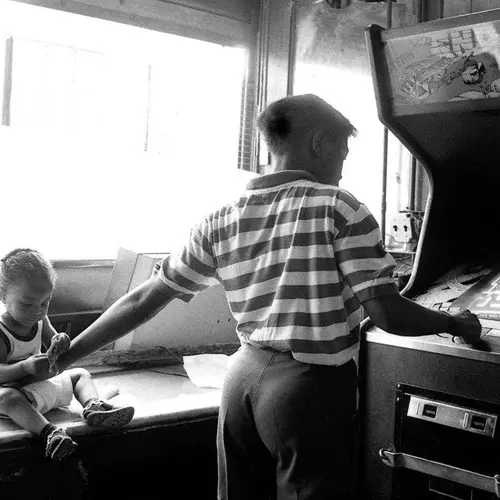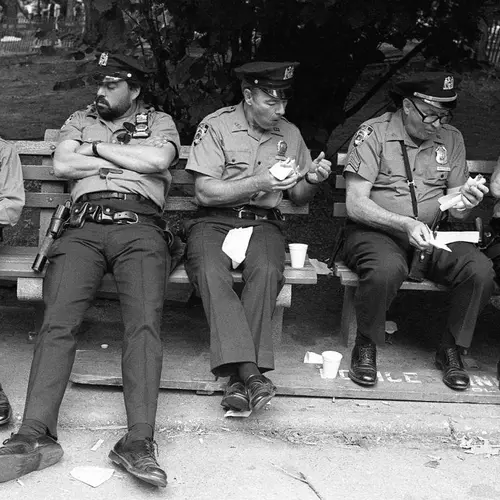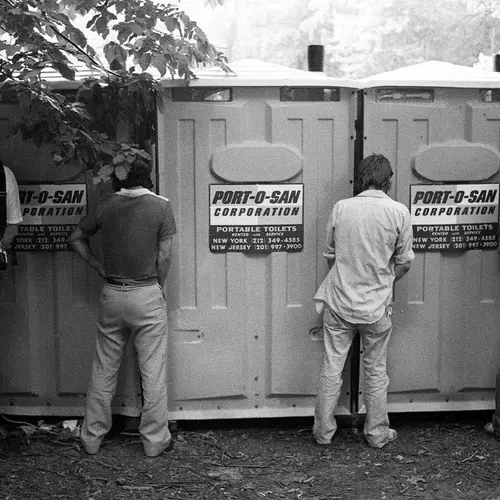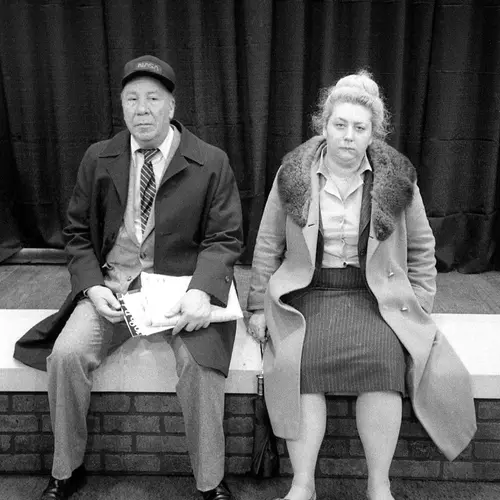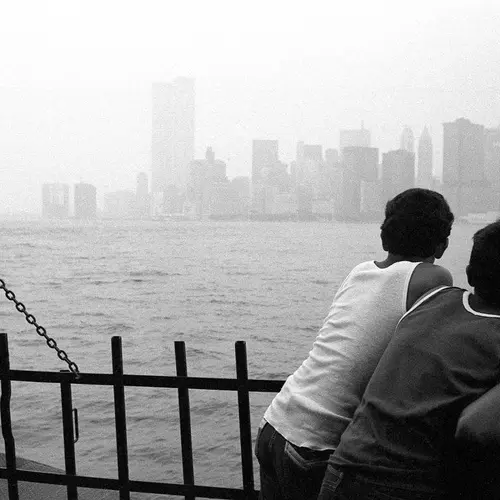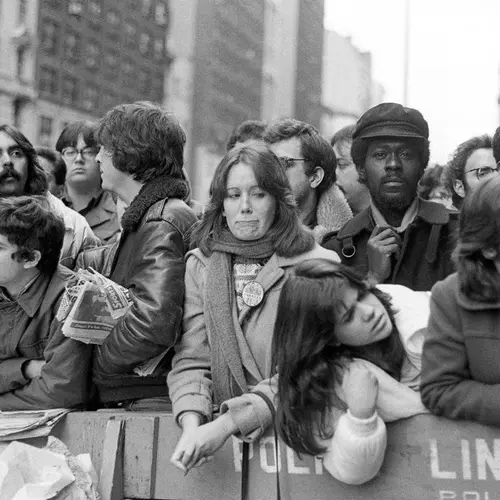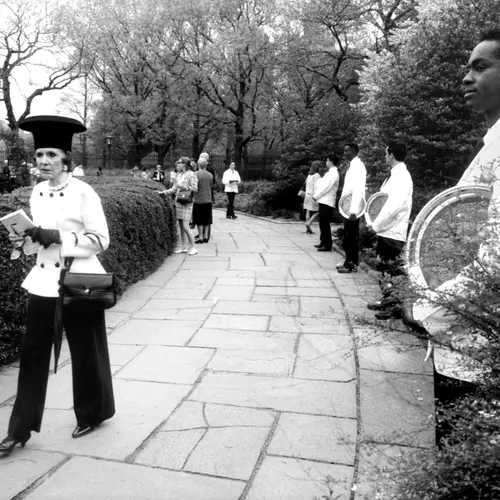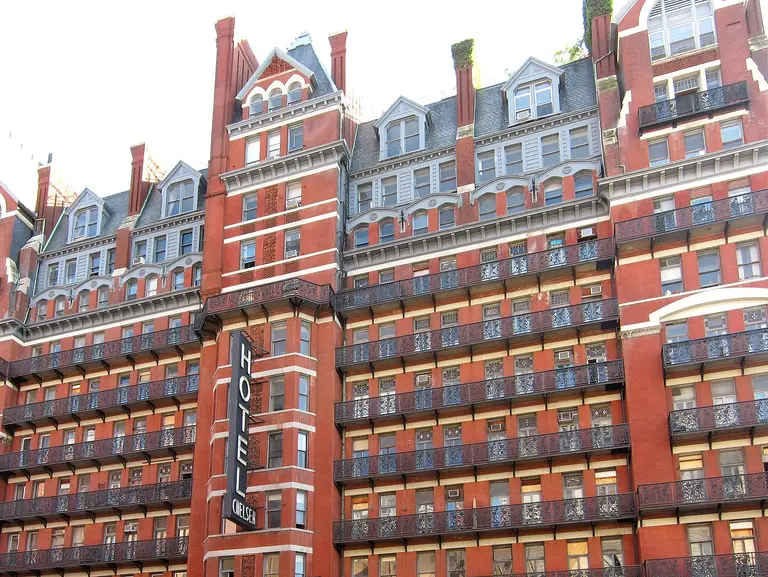The Urban Lens: Carrie Boretz remembers NYC street life in the 70s, 80s, and 90s
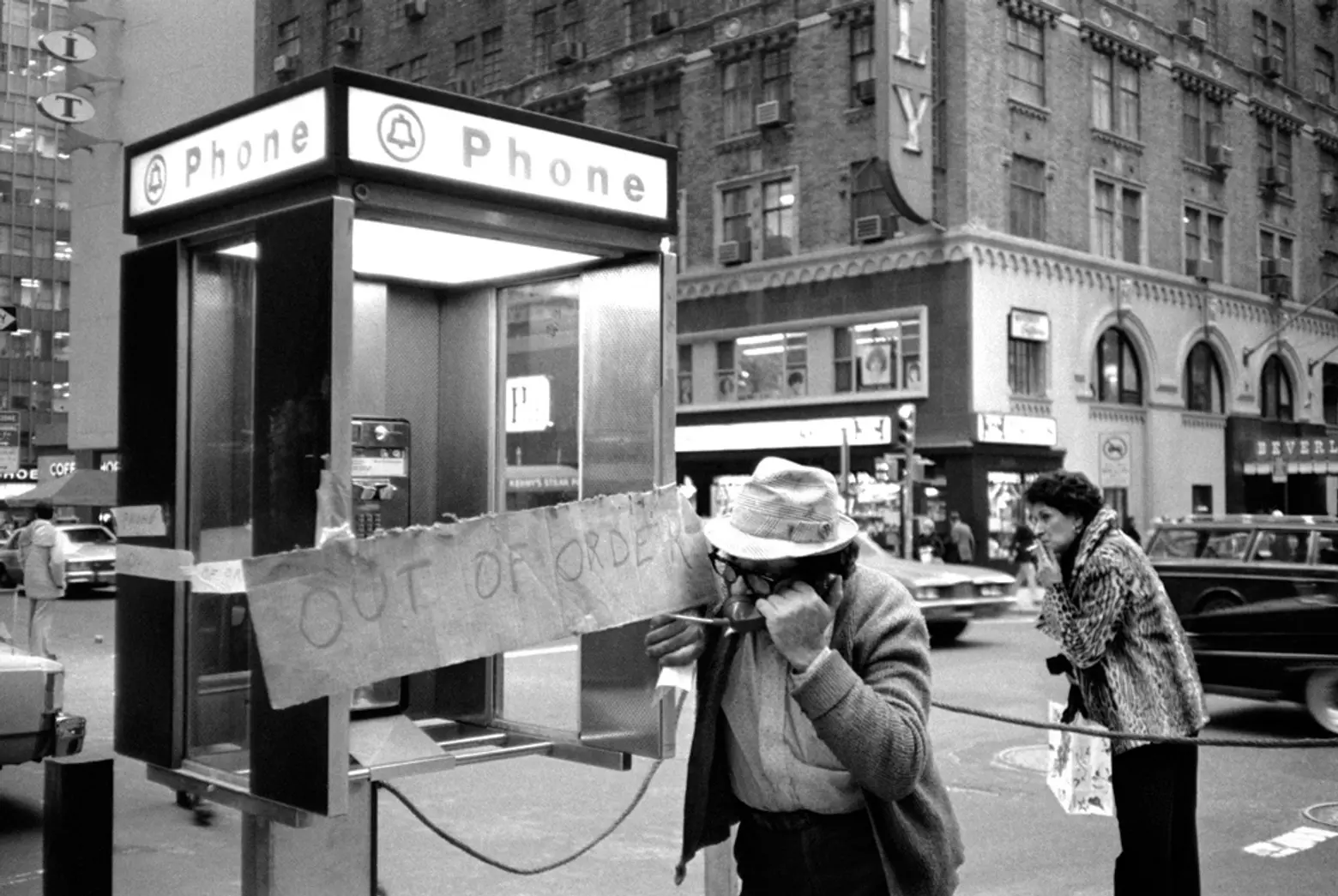
50th Street and Lexington Avenue, 1980
6sqft’s series The Urban Lens invites photographers to share work exploring a theme or a place within New York City. In this installment, Carrie Boretz shares photos from her “Street: New York City 70s, 80s, 90s“. Are you a photographer who’d like to see your work featured on The Urban Lens? Get in touch with us at [email protected].
In New York’s bad old days, the city was a house of horrors, but it made for some incredible photos. Carrie Boretz was there through the decades, documenting the madness and the emotion, the cops lunching on park benches, the conversations on out-of-order payphones, the open-air wig stores, the famous and the unknown, all joined by the city and its streets. In her new book, “Street: New York City 70s, 80s, 90s,” these images line the pages in a nostalgic time warp to a glorious, if troubled, era. Boretz’s photos are currently on display through March 31st at Umbrella Arts on East 9th Street.
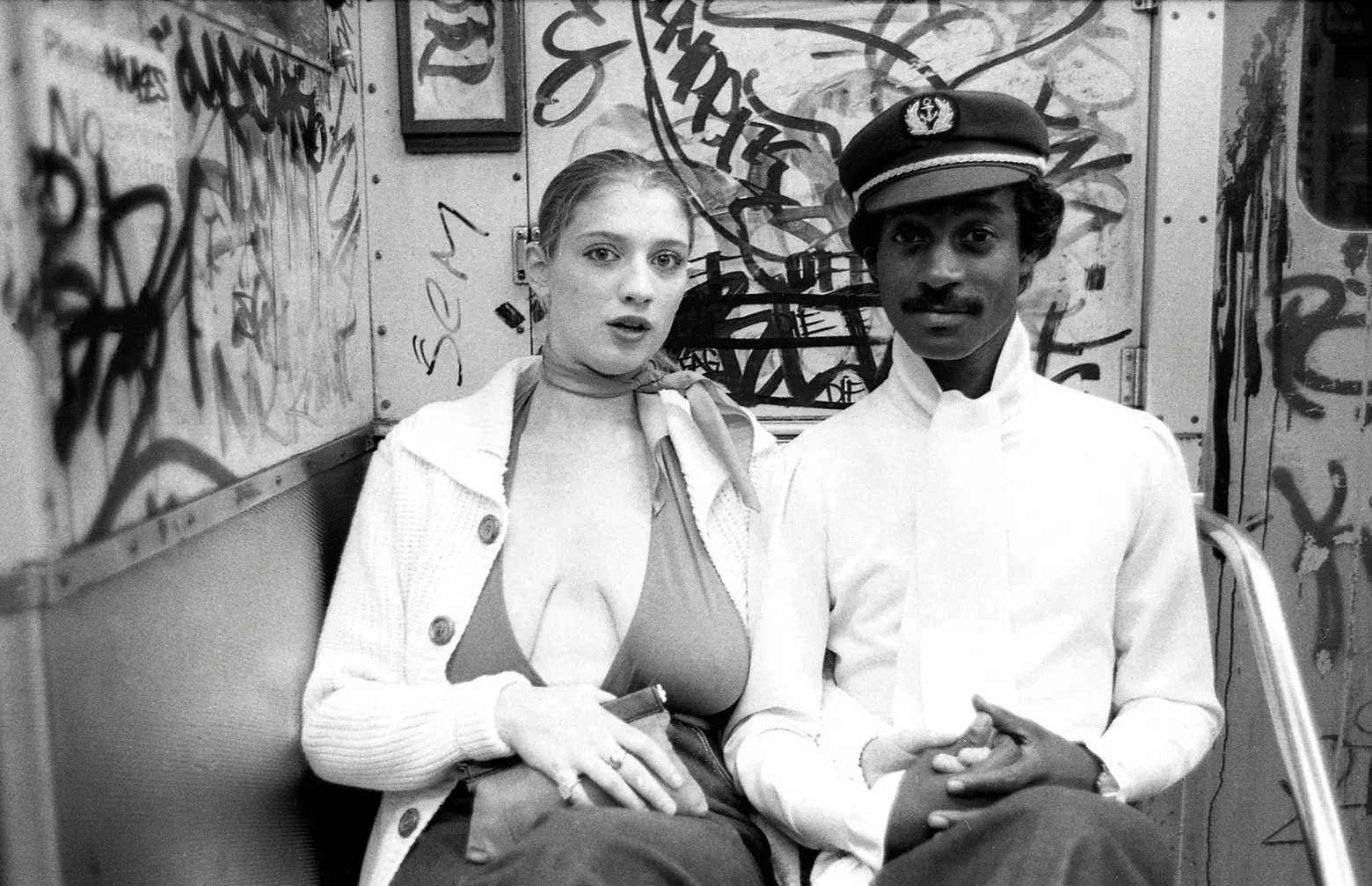 Number 2 train, IRT subway, 1980
Number 2 train, IRT subway, 1980
Do you miss old New York? Do you find the city has become less photogenic?
I do miss the edge, knowing all my neighbors, people out on the street talking, chilling, and interacting with one another. It seems as though now the cleaned-up streets are just filled with people coming and going, racing around, on their cell phones or staring at them, more engaged with themselves than one another. For all these reasons the city is visually less interesting to me. You will of course still see poignant moments because life will always be filled with irony, humor, pathos, sadness, joy. You just have to look harder now.
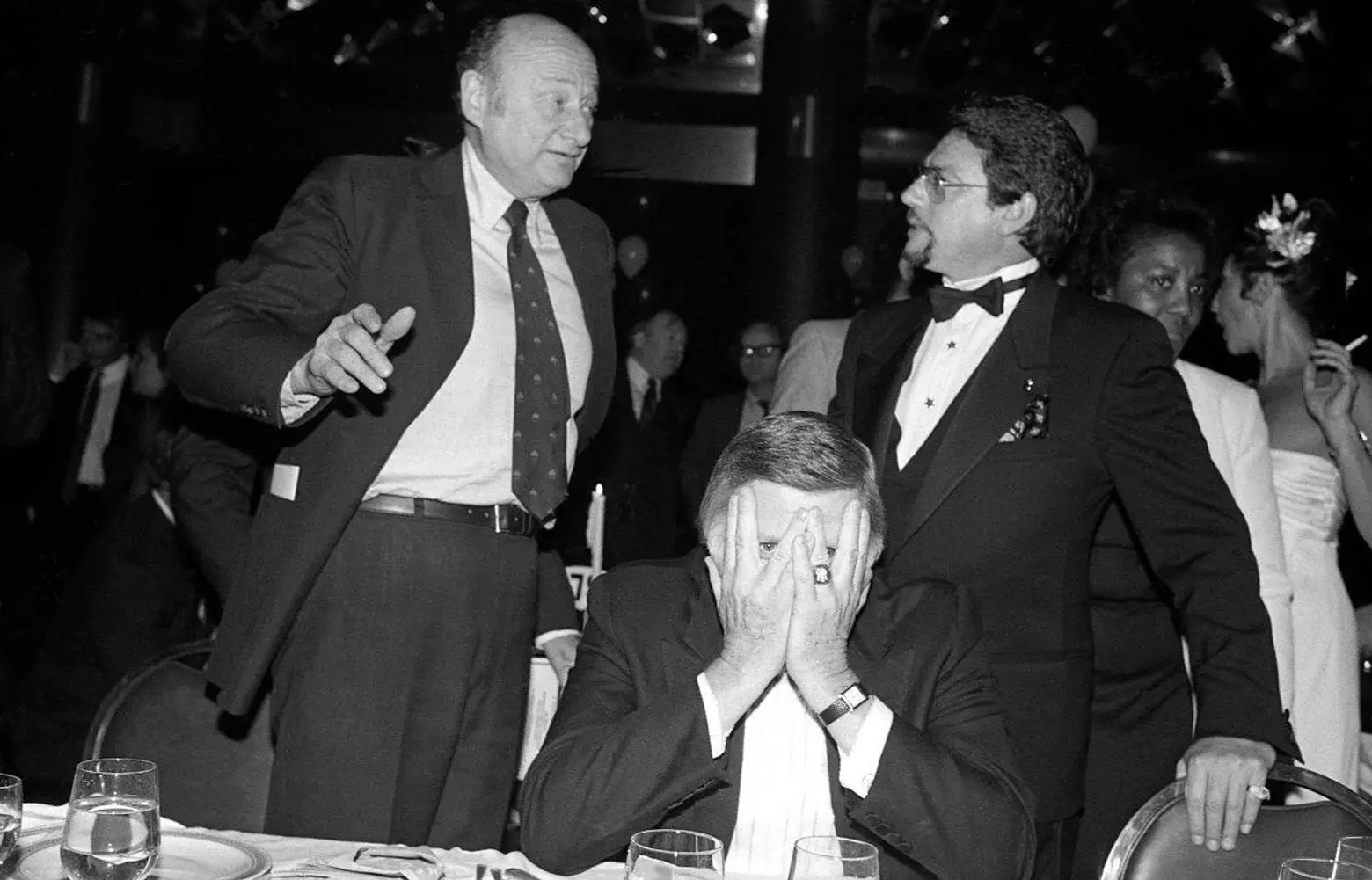
George Steinbrenner playing peekaboo, Waldorf Astoria, Park Avenue, 1982
Did you ever feel threatened, taking these photos?
I never had any trouble on the streets, never felt in personal danger except for an old Russian woman hitting me hard one day on my back while taking pictures in Brighton Beach. Unexpected and it hurt like hell. No war stories, though, nothing too serious. I felt almost protected with a camera to my eye while roaming around the more gritty neighborhoods. I suppose I was lucky, too, and being a woman helped me out more than not. I came off as way less threatening.

 Central Park, Anti-Nuke Rally, 1982
Central Park, Anti-Nuke Rally, 1982
When did you move to the city? What neighborhoods have you lived in?
I moved to the West Village at the start of 1976. My rent was $275 a month and shooting regularly for the Village Voice and NY Magazine paid my rent and allowed my daily ration of the falafel I would get down on McDougal Street. I lived on West 12th Street for a few years and then moved to the most magical street in the city, Bank Street. Diane Arbus had lived on the most western end a few years before me, Sid Vicious in the middle, and on the most eastern end Willa Cather, a writer I read often who had lived there many years before that. It was home to me immediately.
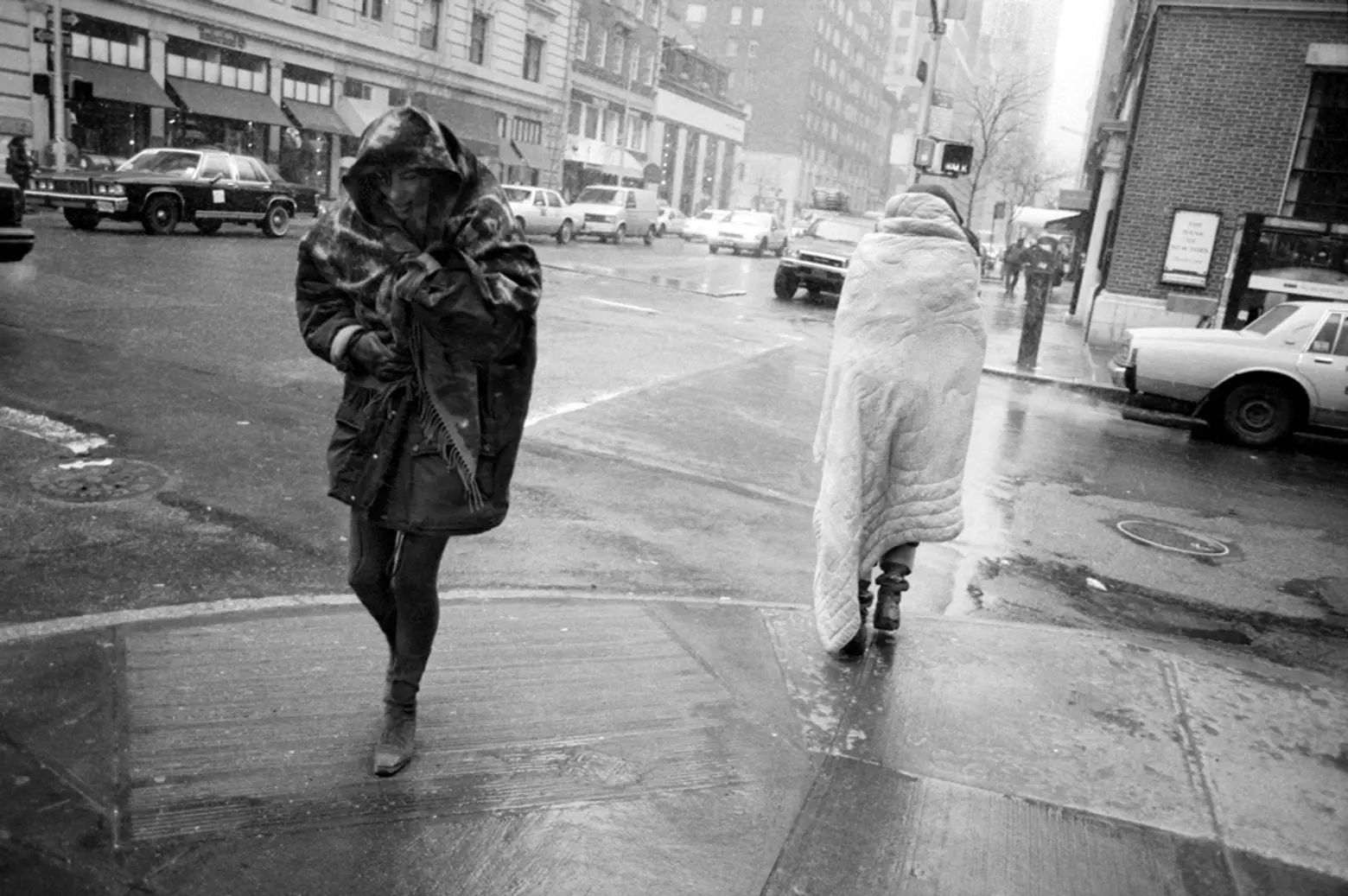 63rd Street and Madison Avenue, 1994
63rd Street and Madison Avenue, 1994
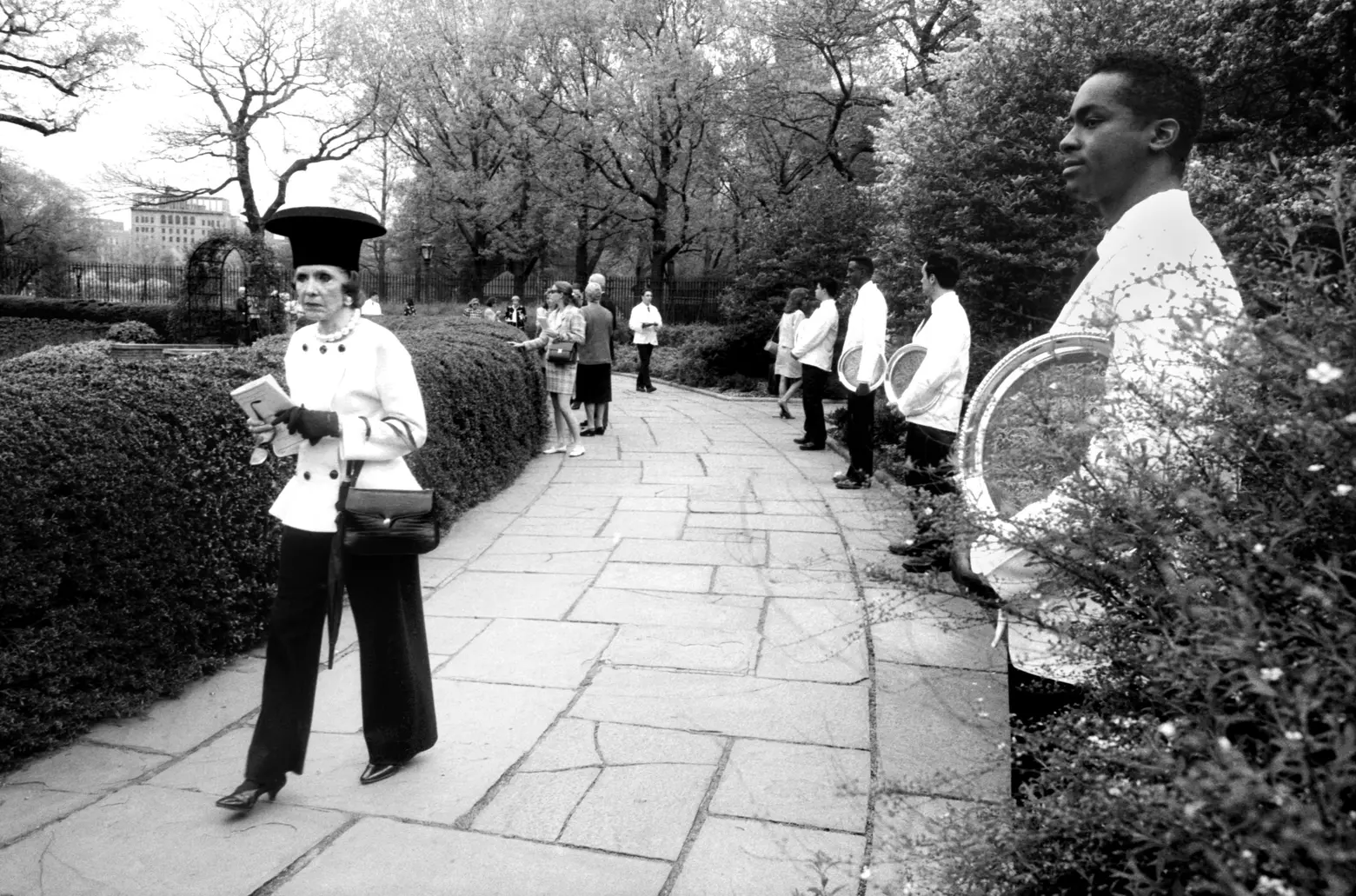 Women’s Central Park Conservancy luncheon, Central Park, 1993
Women’s Central Park Conservancy luncheon, Central Park, 1993
Do you still live in NYC?
After getting married in the late 80s and having my two daughters, I moved to Riverside Drive near Columbia University where I have lived since. Leaving the Village was difficult. I still miss it, although living there during the time I did – when mom-and-pop stores still thrived and there was more affordable housing and a cooler vibe overall – is a place of the past.
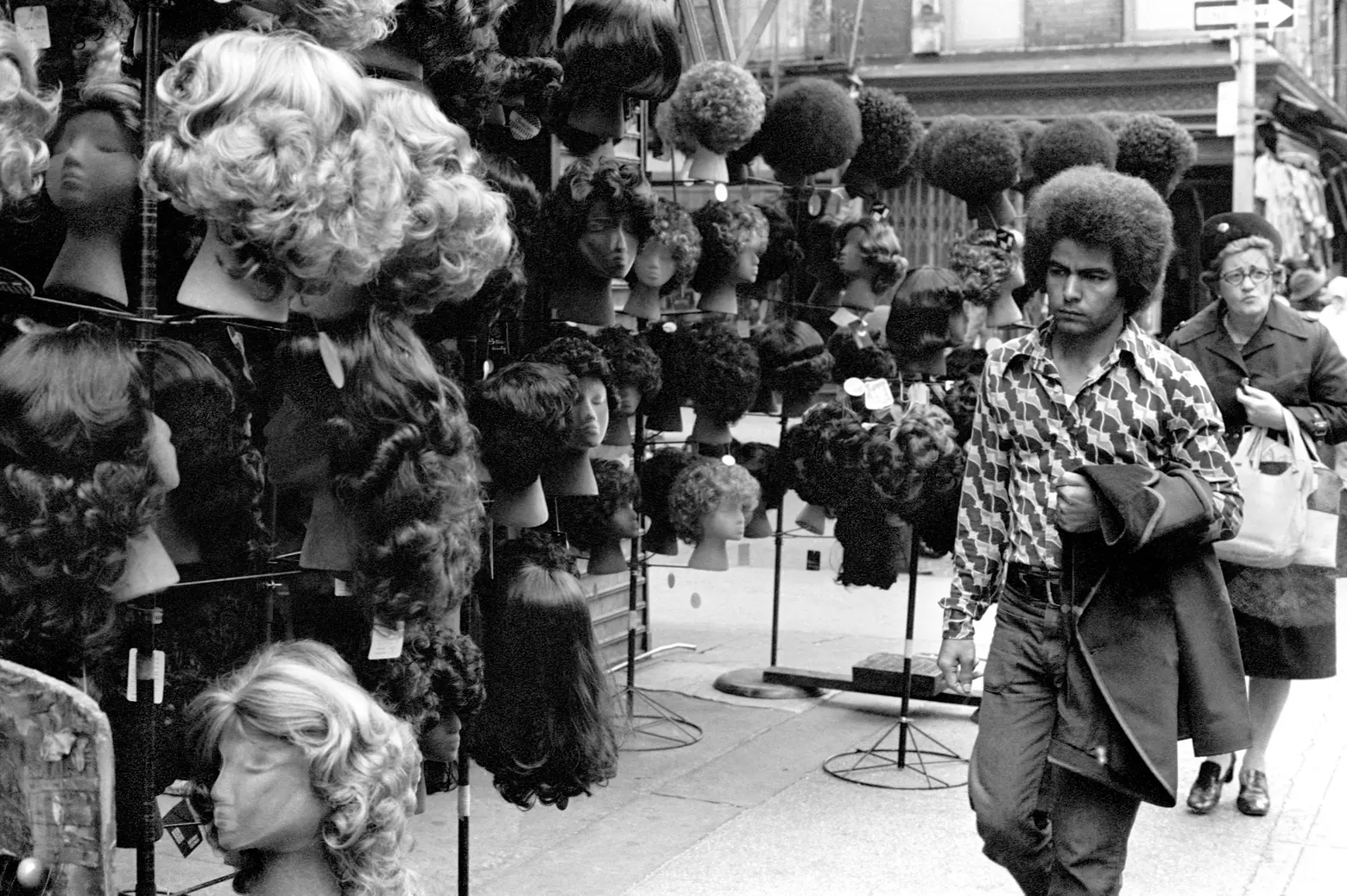 Orchard Street, 1975
Orchard Street, 1975
Did you ever shoot color?
Hardly ever for street shooting, but I had to shoot color film or chromes for assignments. Black and white was the way I saw naturally. In the ‘90s I had to shoot color film when I shot for the New York Times and much of that was on the streets. I pretended it was a roll of tri-x I was loading into my camera.
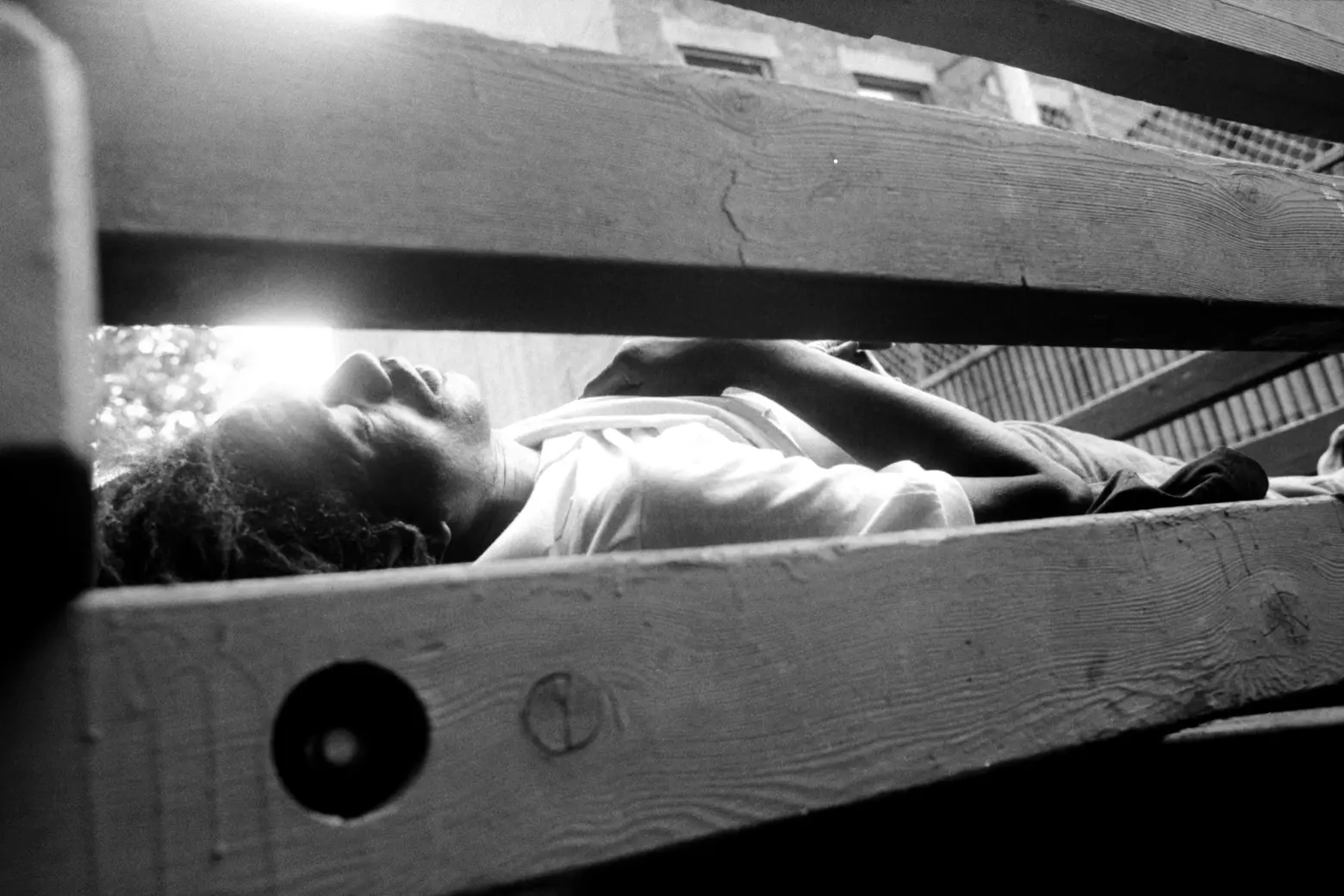 Playground, West 43rd Street and Ninth Avenue, 1993
Playground, West 43rd Street and Ninth Avenue, 1993
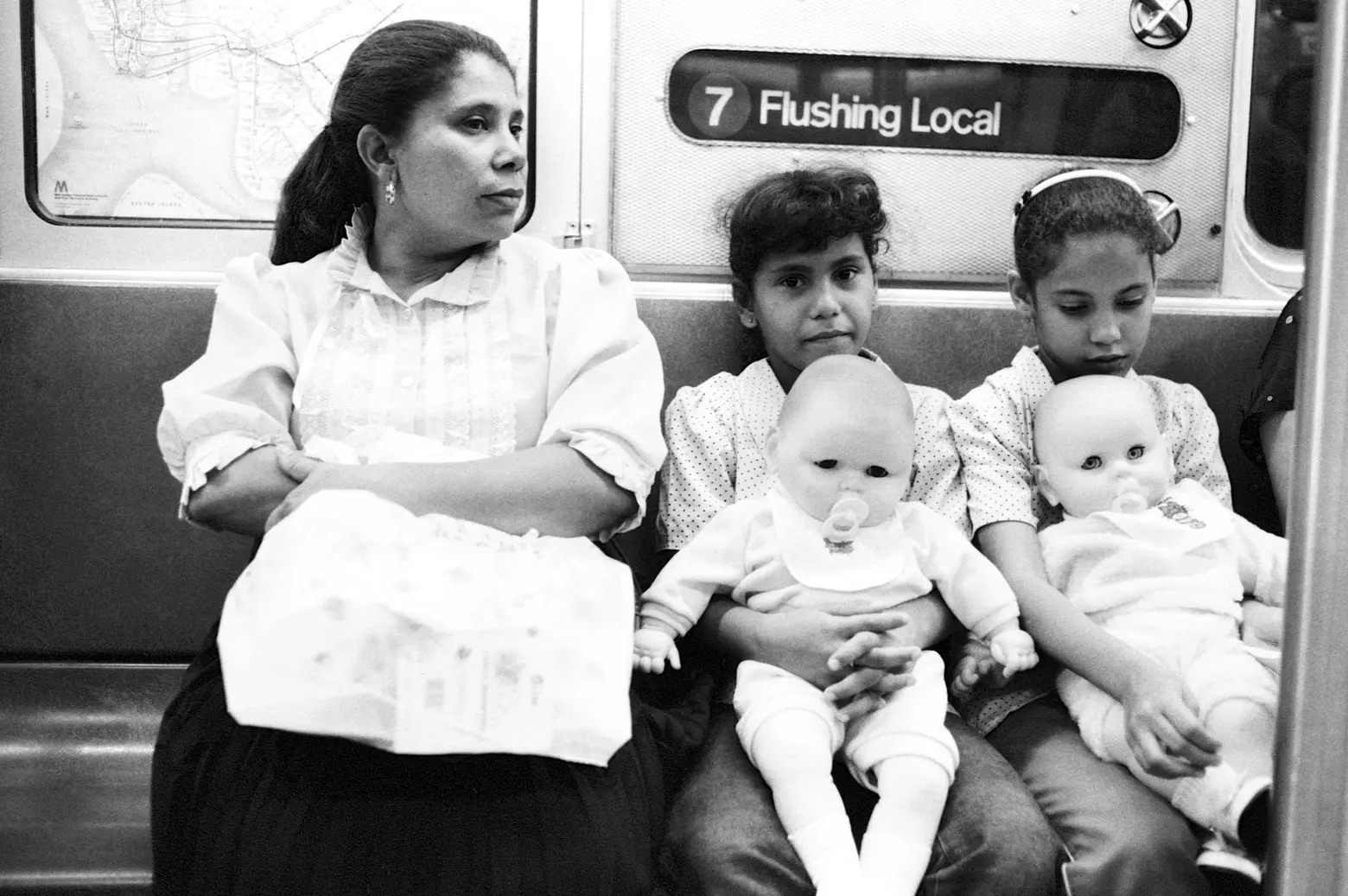 Number 7 train subway, Queens, 1984
Number 7 train subway, Queens, 1984
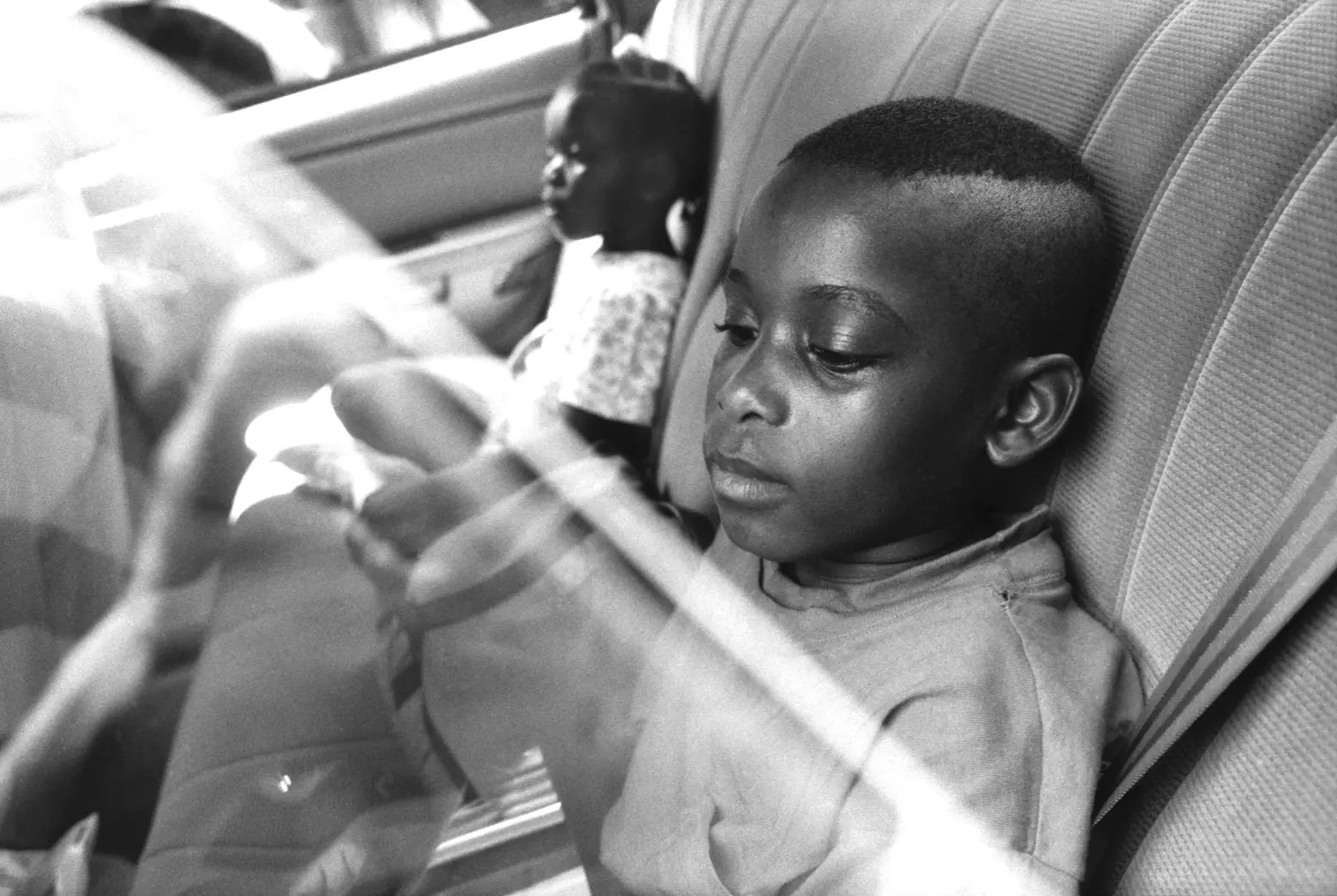 Church and Chambers Street, 1994
Church and Chambers Street, 1994
Do you still photograph New York? Does the ubiquity of digital cameras and camera phones make it less fun?
I use my iPhone way too often to shoot; sometimes I almost feel ashamed saying it. It’s not a camera, and I feel limited in the way I use it, hold it, see with it. Because I have it with me everywhere, I will always have the ability to shoot if I am feeling inspired but it’s not my camera of choice and it’s on me to change that.
I have a full-time job working with a private client on his personal projects, all creative in nature, and he has hired me because of my eye. I shoot on my commute and feel determined to shoot at least one good picture a day.
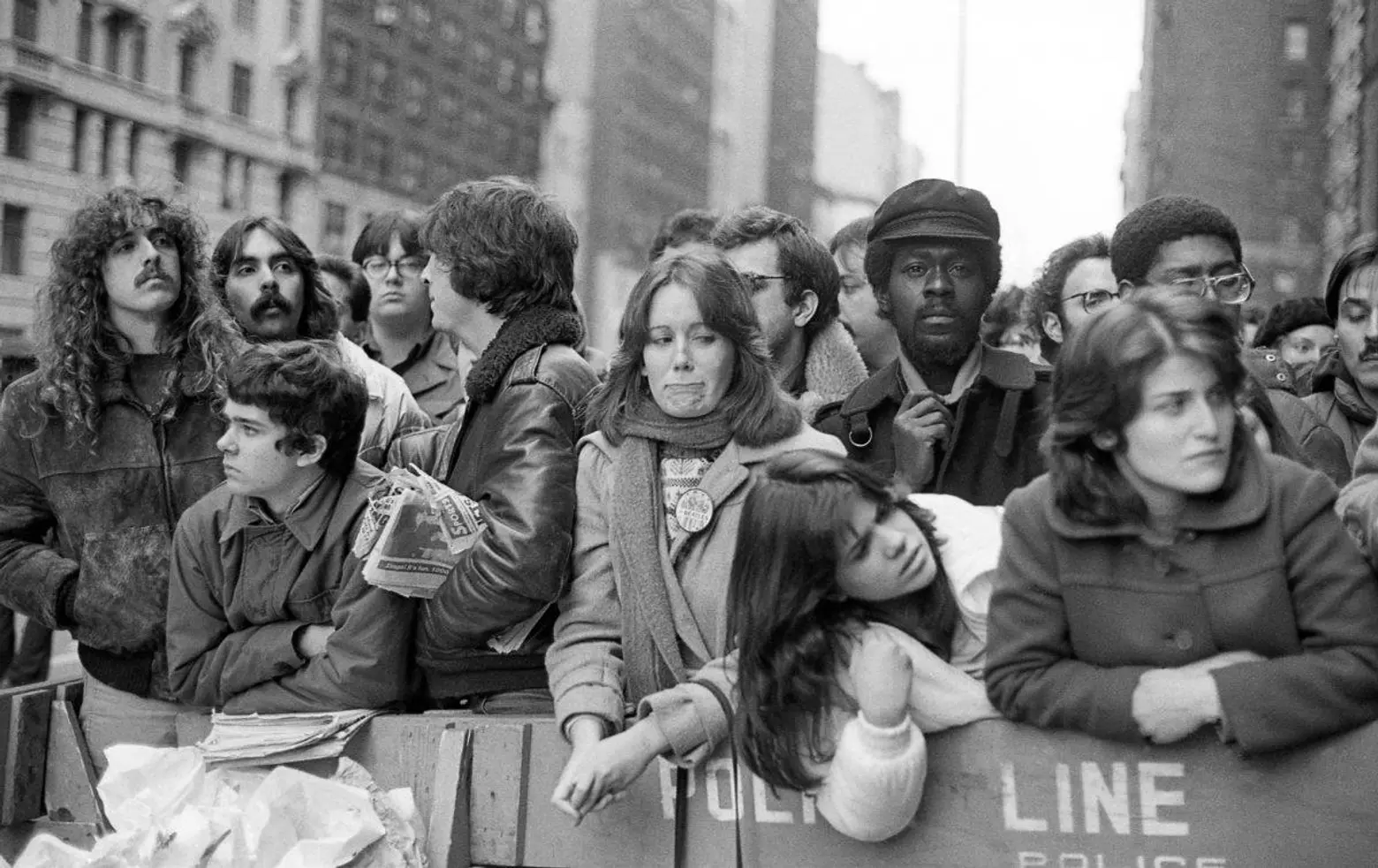 Day after John Lennon’s death, West 72nd Street and Central Park West, 1980
Day after John Lennon’s death, West 72nd Street and Central Park West, 1980
Does the fact that the city cleaned up give you hope, or make you nostalgic?
I am feeling quite nostalgic lately, especially having worked on my book “Street: New York City – 70s 80s and 90s” for the past few years, editing the many negatives, printing, scanning, retouching, staring at these images and feeling I am back on those streets during those years; missing the glory in the edginess of the city and the people I connected with.
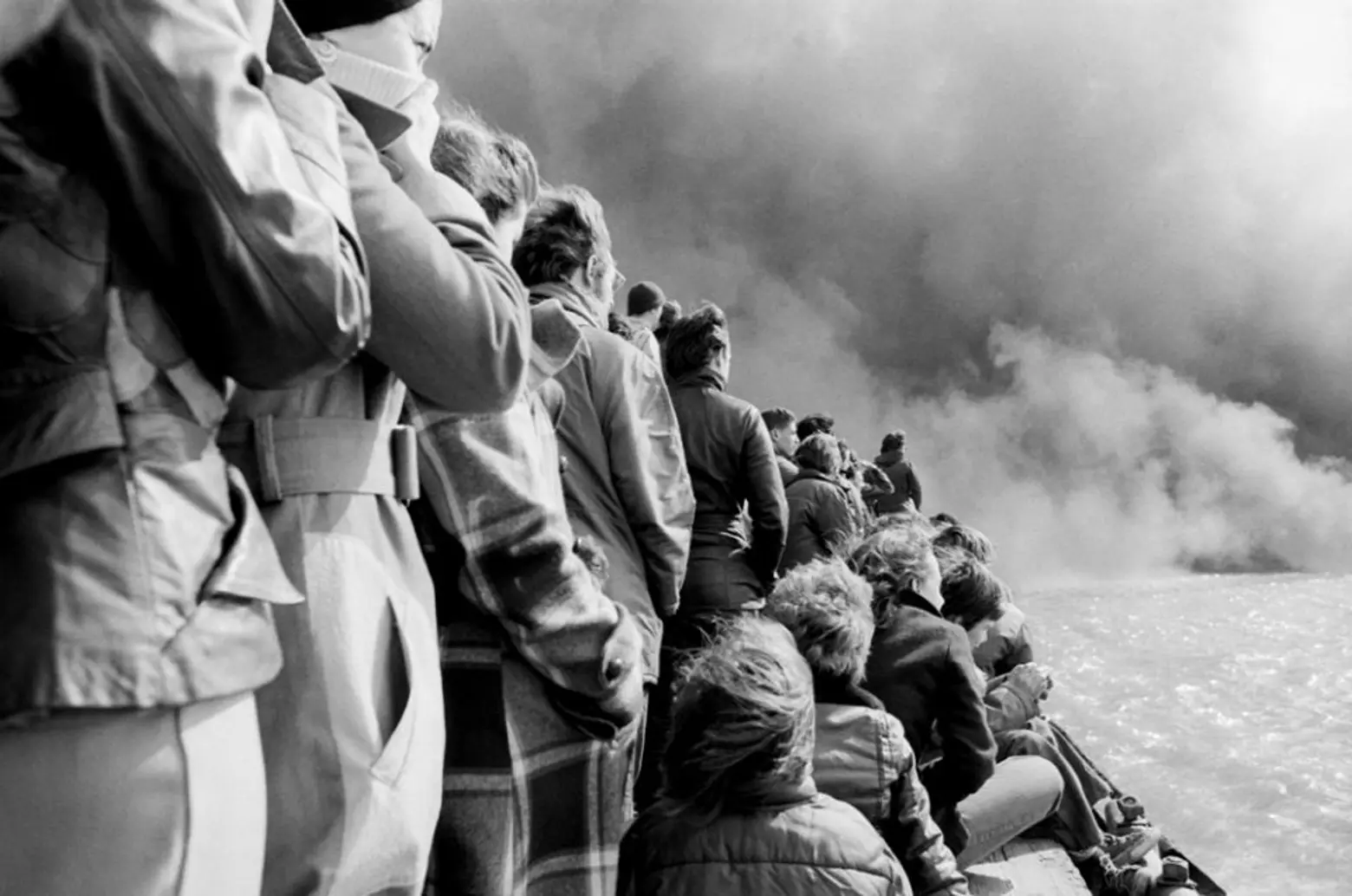 Fire, Hudson River pier, West Village, 1978
Fire, Hudson River pier, West Village, 1978
The subway in the 70s, 80s, and 90s, and the subway now are worlds apart – do you prefer to ride it now more than then?
It’s simply a very necessary way to get around the city. I miss the interesting characters, people reading, talking to one another, and not just playing video games or looking over their Instagram account. It’s easier now, though, to shoot using my iPhone in close proximity to people, often sandwiched in like a sardine. No one can tell if I am taking a picture or just looking at my phone. Easier to be sneaky, which has to become part of one’s nature in street photography. Even when I used my Nikon FM on the train, I never resorted to tricks like Walker Evans, who would use a mirror in his camera to catch a moment without revealing him snapping the shutter. I blended in quickly, but having the iPhone on the subway has really reduced its inherent challenges
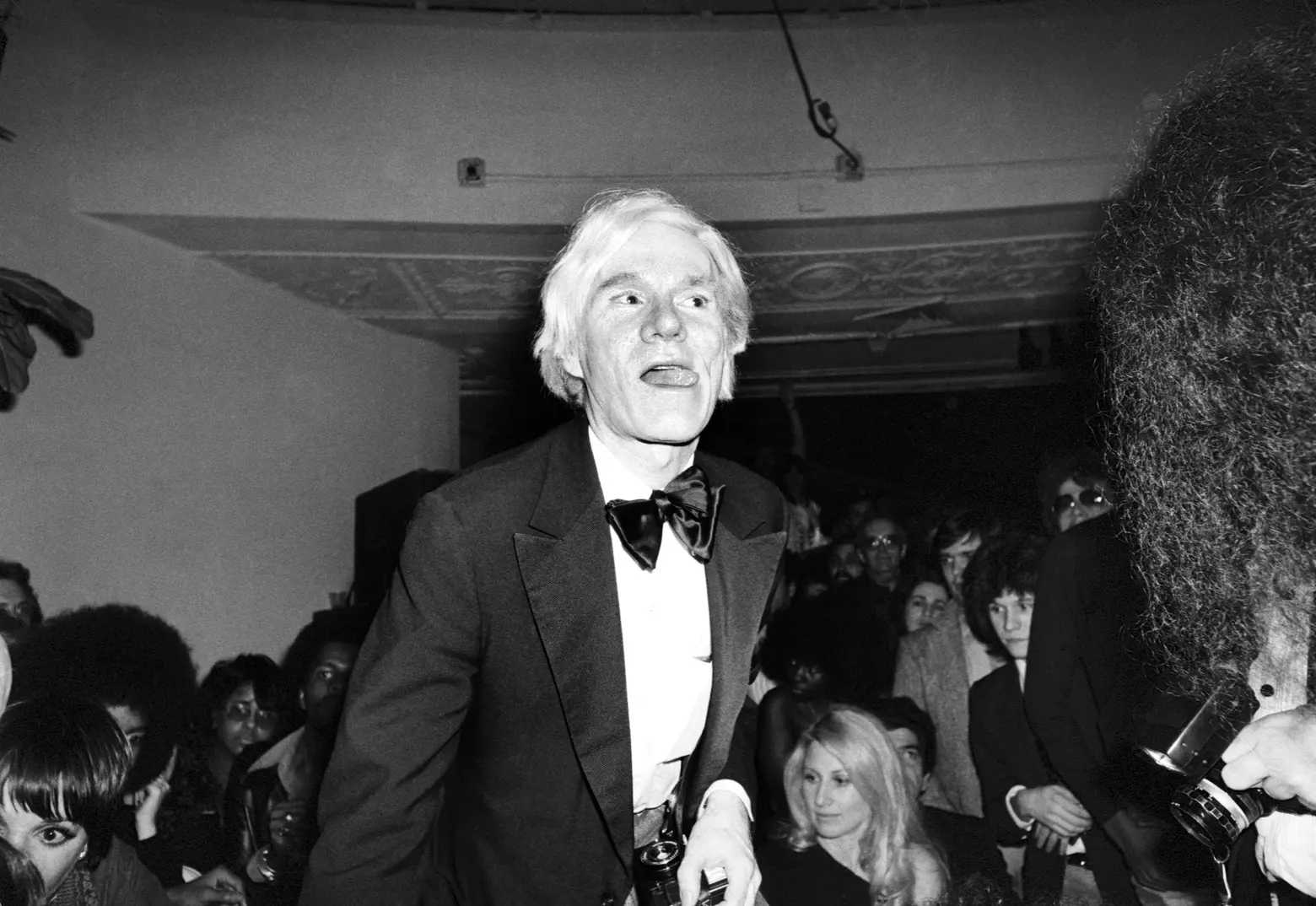 Andy Warhol, Studio 54, West 54th Street, 1978
Andy Warhol, Studio 54, West 54th Street, 1978
You’re incredibly prolific, why are you only publishing a book and having a solo exhibition now?
It’s costly to do a book and can take years figuring out what to do it on. I had so many choices for NYC, I began with that. I was always so fervent about what magazine or newspaper to pitch to that books were not of the utmost importance as they are now.
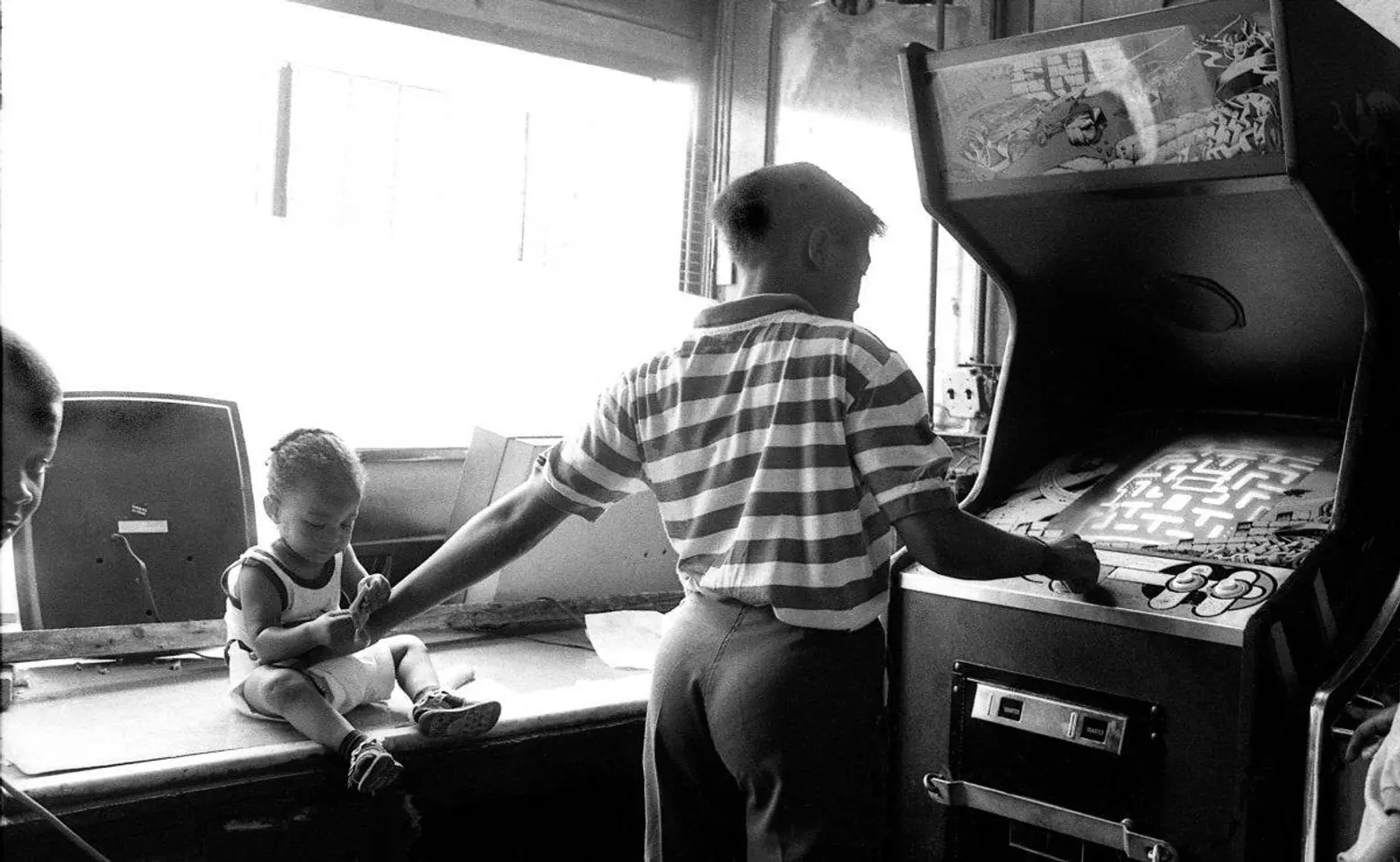 A 14-year-old mother with her baby, playing Pac-Man, Brooklyn, 1983
A 14-year-old mother with her baby, playing Pac-Man, Brooklyn, 1983
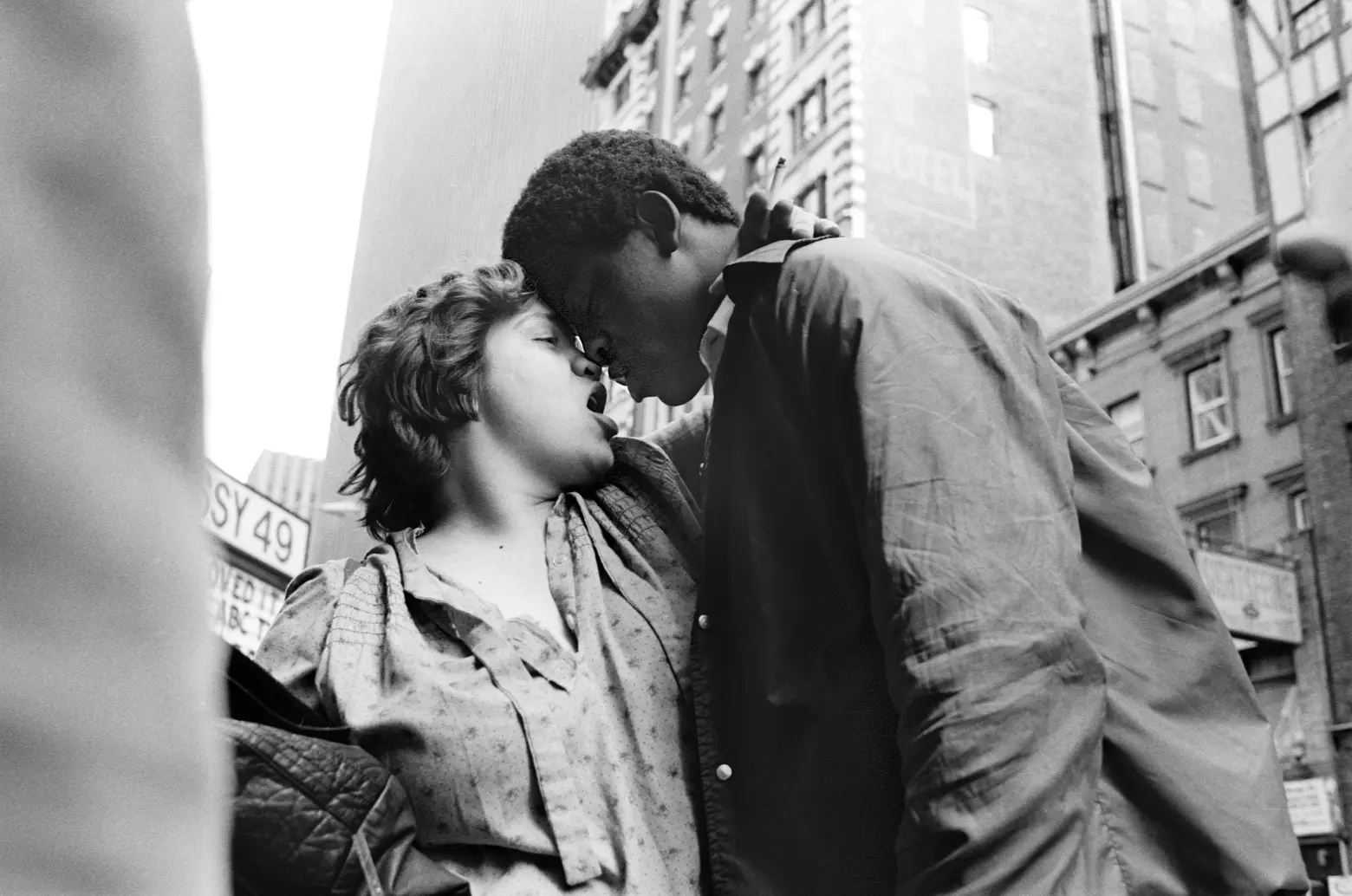 Homeless teenagers, West 42nd Street, 1985
Homeless teenagers, West 42nd Street, 1985
What was the most interesting thing you discovered when working on the book?
My book originally was divided into separate decades until I realized, well into the design, it didn’t make much sense visually. The decades were NOT that different from one another, mixing them up, letting the images dictate the sequence rather than the decades, it is a stronger book.
RELATED:
- The Urban Lens: Go back to the ‘mean streets’ and urban decay of 1970s NYC
- The Urban Lens: Tour the grimy and crime-ridden subway of 1981
- The Urban Lens: Wayne Sorce’s vivid photos capture the spirit of 1970s and ’80s NYC
- The Urban Lens: Abandonment and decay along the 1970s Greenwich Village waterfront
All photographs © Carrie Boretz
